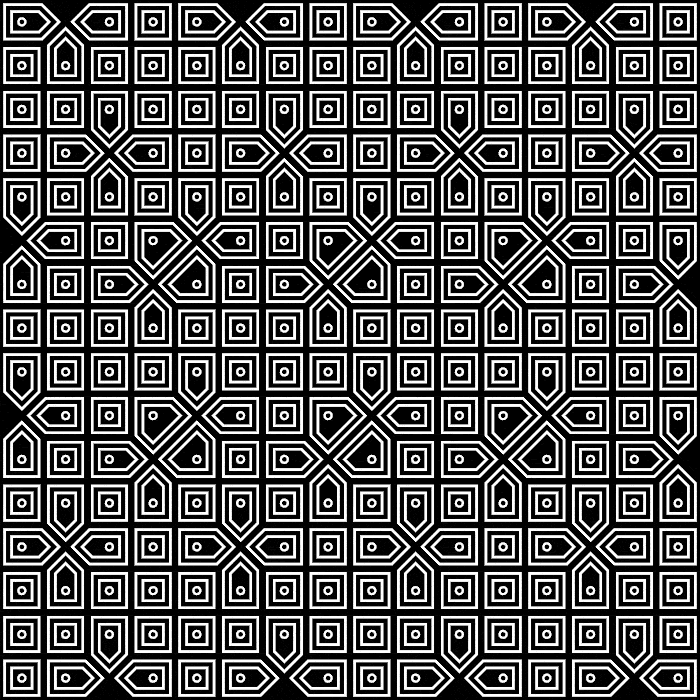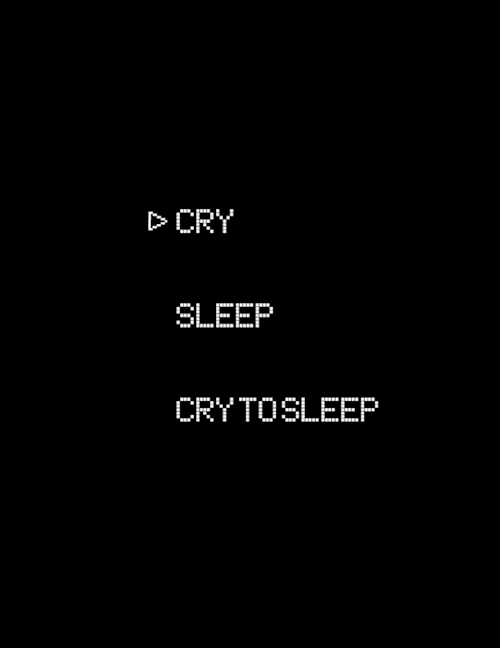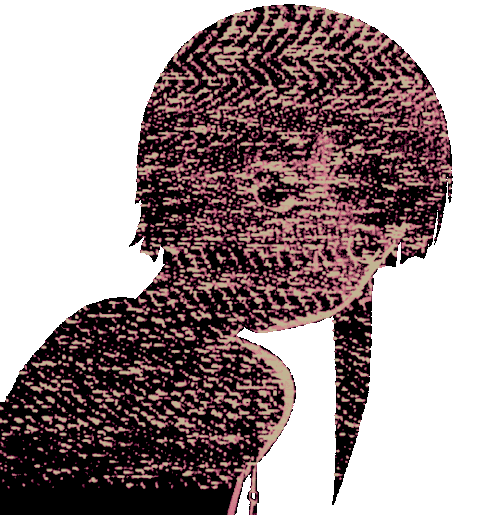Text

Unknown Photographer. Wentworth Street, London. 1970s
1K notes
·
View notes
Text
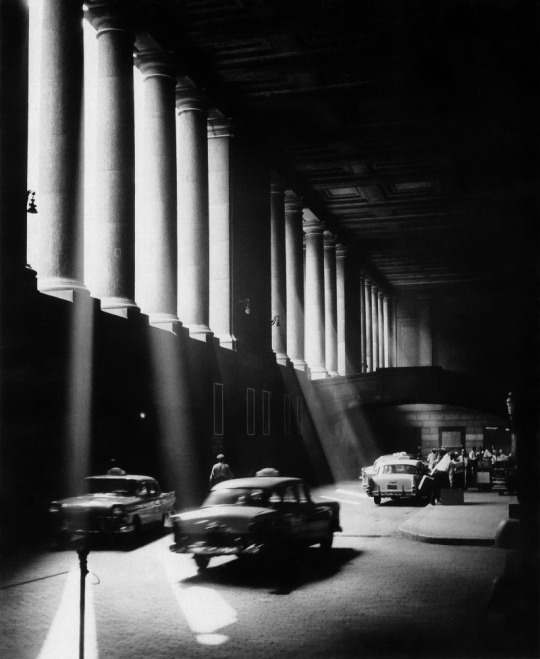
Brassaï. Pennsylvania station. 1957
969 notes
·
View notes
Text
one of the worst parts of self harm and suicidal ideation is when you’re sitting next to someone you love so much and all you can think about is how badly you want things to end
8K notes
·
View notes
Text
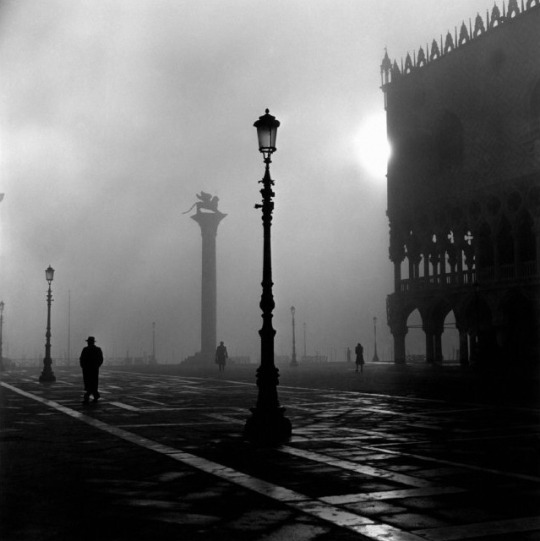
David Seymour. St. Mark’s Square. Venezia. 1967
752 notes
·
View notes
Photo

- 2 1 8 7 - … #retro #80s #cyberpunk #vintage #nostalgia #vibes #art #aiart #aiartcommunity #scifi #scifiart #dystopia #aesthetic https://www.instagram.com/p/ChZi6VbvHGT/?igshid=NGJjMDIxMWI=
19 notes
·
View notes
Photo

M33: The Triangulum Galaxy : The small, northern constellation Triangulum harbors this magnificent face-on spiral galaxy, M33. Its popular names include the Pinwheel Galaxy or just the Triangulum Galaxy. M33 is over 50,000 light-years in diameter, third largest in the Local Group of galaxies after the Andromeda Galaxy (M31), and our own Milky Way. About 3 million light-years from the Milky Way, M33 is itself thought to be a satellite of the Andromeda Galaxy and astronomers in these two galaxies would likely have spectacular views of each other’s grand spiral star systems. As for the view from planet Earth, this sharp image shows off M33’s blue star clusters and pinkish star forming regions along the galaxy’s loosely wound spiral arms. In fact, the cavernous NGC 604 is the brightest star forming region, seen here at about the 4 o'clock position from the galaxy center. Like M31, M33’s population of well-measured variable stars have helped make this nearby spiral a cosmic yardstick for establishing the distance scale of the Universe. via NASA
994 notes
·
View notes
Photo

NGC 6995: The Bat Nebula : Do you see the bat? It haunts this cosmic close-up of the eastern Veil Nebula. The Veil Nebula itself is a large supernova remnant, the expanding debris cloud from the death explosion of a massive star. While the Veil is roughly circular in shape and covers nearly 3 degrees on the sky toward the constellation of the Swan (Cygnus), NGC 6995, known informally as the Bat Nebula, spans only ½ degree, about the apparent size of the Moon. That translates to 12 light-years at the Veil’s estimated distance, a reassuring 1,400 light-years from planet Earth. In the composite of image data recorded through narrow band filters, emission from hydrogen atoms in the remnant is shown in red with strong emission from oxygen atoms shown in hues of blue. Of course, in the western part of the Veil lies another seasonal apparition: the Witch’s Broom Nebula. via NASA
2K notes
·
View notes
Photo
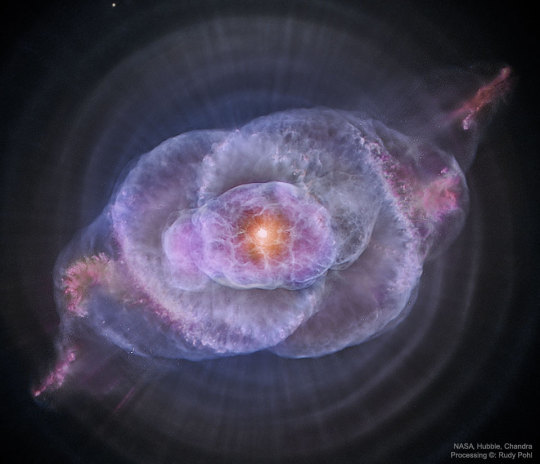
The Cats Eye Nebula in Optical and X-ray : To some it looks like a cat’s eye. To others, perhaps like a giant cosmic conch shell. It is actually one of brightest and most highly detailed planetary nebula known, composed of gas expelled in the brief yet glorious phase near the end of life of a Sun-like star. This nebula’s dying central star may have produced the outer circular concentric shells by shrugging off outer layers in a series of regular convulsions. The formation of the beautiful, complex-yet-symmetric inner structures, however, is not well understood. The featured image is a composite of a digitally sharpened Hubble Space Telescope image with X-ray light captured by the orbiting Chandra Observatory. The exquisite floating space statue spans over half a light-year across. Of course, gazing into this Cat’s Eye, humanity may well be seeing the fate of our sun, destined to enter its own planetary nebula phase of evolution … in about 5 billion years. via NASA
1K notes
·
View notes
Text

© Nona Limmen {via Instagram}
Full photo set & background story on Patreon.
2K notes
·
View notes
Text

868 notes
·
View notes
